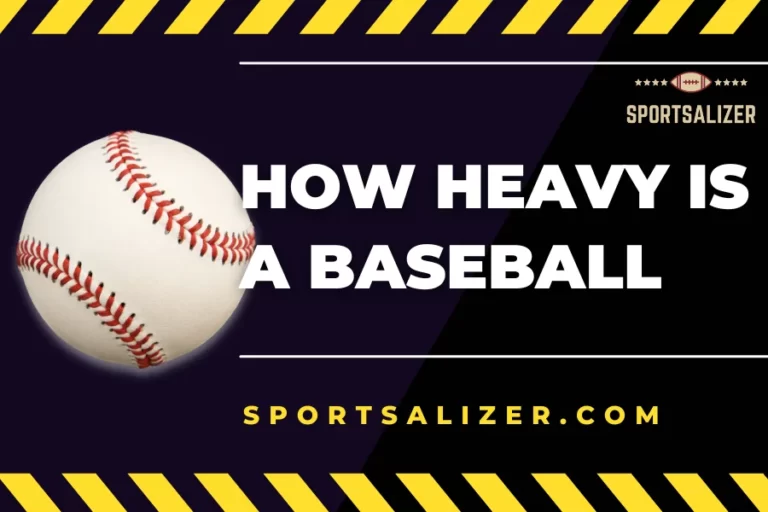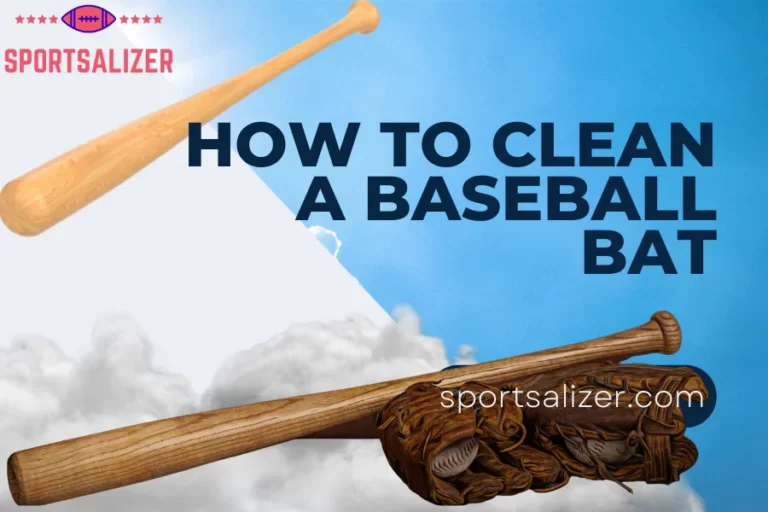Pitch Hit and Run: Learn Everything About the 3 Fundamental Aspects
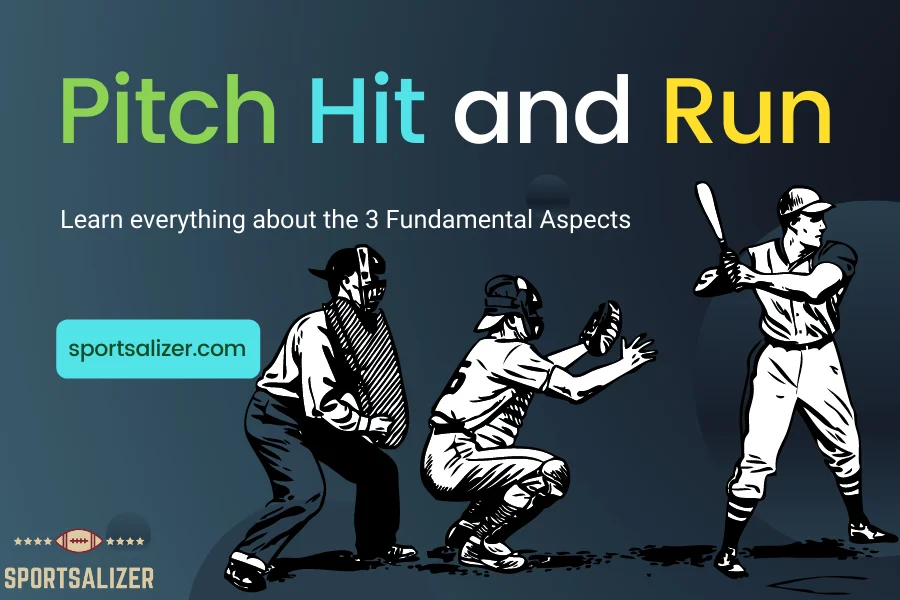
Major League Baseball, commonly referred to as MLB, provides an excellent opportunity for young boys and girls. Pitch Hit and run are the three skills tested in the free scope for the young players to compete at four levels of competition, involving Team Championship events at each of the 30 Major League ballparks and the National Finals at the MLB All-Star Game.
Pitch Hit and Run, often referred to by the acronym PHR, are the three aspects tested for both boys and girls to screen and find the most potent players who would ultimately compete in the four main levels. The four levels include Locals, Sectional, Team Championships, and The National Finals at the MLB All-Star Game. There are various objectives for pitch hit and run that is looked for to find the most suitable player.
Contents
A Detailed View about Pitch Hit and Run
The three skills tested for allowing a player to play in the four levels are Pitch Hit and Run. But each one of them has different objectives to fulfill. So, let us now dive a bit deeper and learn in detail about Pitch Hit and Run.
The Pitch
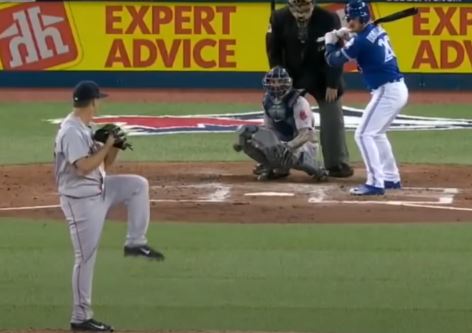
The objective of the pitch competition is formulated to test the player’s accuracy by authorizing the player to strike a pre-designated “Strike Zone” from a specified distance. The distance varies depending on the gender of the player. If the player taking part in the Pitch competition is a female, then the length designated for them is 35 feet, and if the player is competing for the boys’ baseball division, then the distance is a bit larger, and it is about 45 feet.
The method of pitching or throwing the ball depends solely on the player’s choice. If any competitor wants to throw an underhand or an overhand, they may do so, as they are not bound by any hard and fast rule by the Major League Baseball authorities. Also, relaxation has been given by the governing bodies on strike. If the player can hit any portion of the given strike zone, then it would be considered a strike. There are a few rules that are followed by the authorities.
- The number of attempts to hit the strike zone has been limited. Each player who attempts to participate in the Pitch competition is given six opportunities to hit the strike zone.
- The distance is crucial. Every player must follow the distance assigned by the MLB authorities depending on their gender when attempting to pitch or throw the ball.
- The size of the strike zone remains the same for every pitch competition. The assigned size of the target zone is 17 inches*30 inches. Given that this is the standard MLB strike zone size, every player must hit any portion of it from the designated distance to consider the throw as a strike.
- The player taking part in this competition must start the throw or pitch from the chalk line and try to deliver each ball to the targeted strike zone. Some points are given for every pitch that hits the strike zone. Every time the player can hit any portion of the designated target, they are awarded 75 points.
The Hit
This is the portion of the pitch hit and run competition that tests the player’s hitting ability. The competitor’s potential is measured by allowing them to hit a ball from a stationary batting tee along with a tape that measures from the home plate to the straightaway center field. The objective behind this Hit Competition is to measure the speed and accuracy of the players.
Here is also flexibility given by the MLB authorities in terms of equipment. A player, if they wish, can bring their own bat for this competition. The only thing that should be kept in mind is that, if they get their own sports gear, it should be available for everyone participating in the competition.
The rules for this part of the competition is as follows:
- The number of swings is limited in this case. Each player is allowed only “three” swings to hit a ball, and not more than that.
- Not all three attempts would be awarded scores. As determined by the administrator, the best out of the three swings that hit the ball would be qualified to be awarded a score.
- If a player swings and misses the ball, then, in that case, it would be counted as an “attempt.”
- Multiple steps before hitting the ball are not allowed. There are strict rules that mention only one step before taking a stride is permitted. A player will not hit a ball while walking or running towards the ball.
The Run Competition
This is the last competition that a player has to score in the pitch hit and run to qualify for the four levels of competition in the MLB. The objective of this competition, in the pitch hit and run trio, is to test the running capability of the player. The competitor has to “sprint” from the start line touching the third base and finally touching the home plate in this sector.
The distance varies from one gender to another. For the boys’ division, the players have to run 160 feet, whereas females have to run a distance of 120 feet to qualify in this competition. The competitors are directed to start at the “second base” or as the indicated “start line” by the administrators of the pitch hit and run competition.
The rules for this segment are as follows:
- The very first rule is that the player has to begin from the “standing start.” And, they are only allowed to start when the administrators ask them to do so.
- Sliding is strictly prohibited in this case. The runner attempting to run is timed very precisely. The timer starts as soon as they leave the second base or the indicated starting line, then strives to touch the “anchored” third base and finally returns to the home plate.
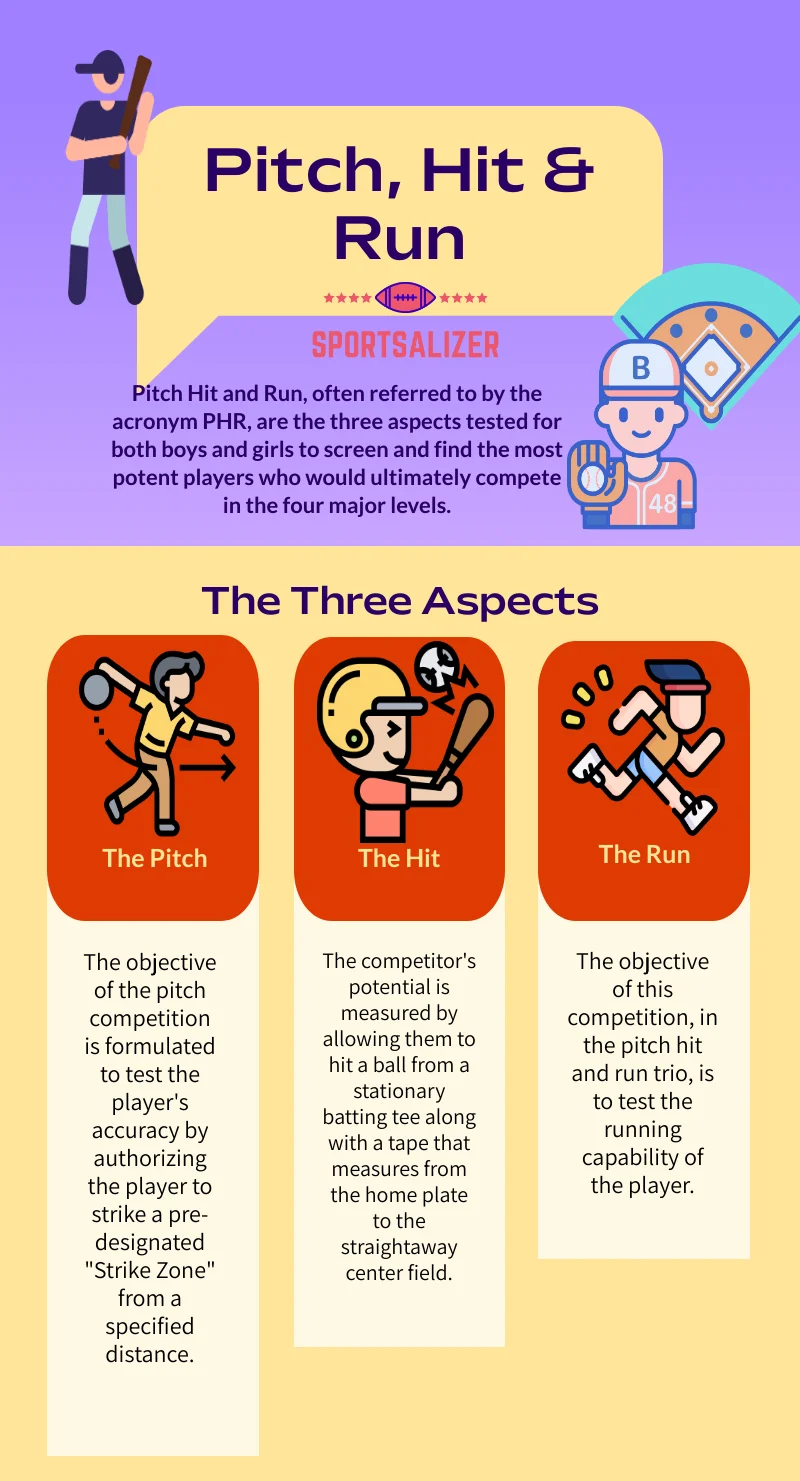
Pitch Hit and Run Records
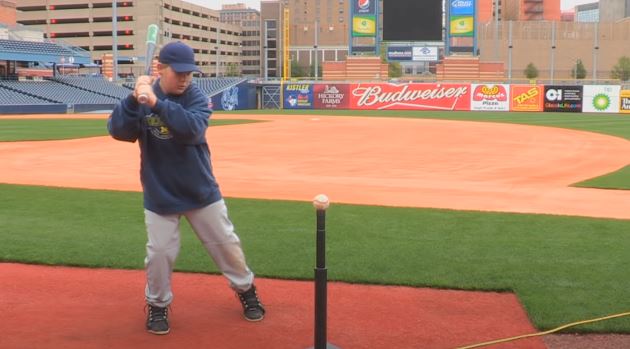
Although there are no official records available from MLB, we have provided this data from Boys Local Competition Records for Sugar Grove, Illinois
Boys 7/8 year olds
- PITCHING: 300 points: Jacob Aseltine – 2014
- HITTING: 218 points: Devin Cheaney – 2009
- RUNNING: 285 points: Aiden Solecki – 2016
- ALL-AROUND: 513 points: Jacob Aseltine – 2014
Boys 9/10 year olds
- PITCHING: 375 points: Cristian Girolamo – 2010
- HITTING: 278 points: Nicholas Grobe – 2010
- RUNNING: 336 points: Colin Cheaney – 2009
- ALL-AROUND: 878 points: Colin Cheaney – 2009
Boys 11/12 year olds
- PITCHING: 375 points: Alex Hallam – 2010; Matthew Kainrath – 2009
- HITTING: 296 points: Gunnar Stanke – 2008
- RUNNING: 383 points: Dylan Vaca – 2009
- ALL-AROUND: 786 points: Matthew Kainrath – 2009
Boys 13/14 year olds
- PITCHING: 375 points: Shane Carmody – 2010; Matt Yonkovich – 2010
- HITTING: 368 points: Jacob Razo – 2008
- RUNNING: 422 points Shane: Carmody – 2010
- ALL-AROUND: 1103 points: Shane Carmody – 2010
FAQs on Pitch Hit and Run
What is the age group breakdown for the Major League Baseball Pitch Hit & Run events?
The age groups are as follows:
Age 7/8: July 18, 2013 – July 17, 2015
Age 9/10: July 18, 2011 – July 17, 2013
Age 11/12: July 18, 2009 – July 17, 2011
Age 13/14: July 18, 2007 – July 17, 2009
What are the prizes or awards given?
Competitors will earn an item for their participation at each competition stage. Ribbons, medals, trophies, and other honors are awarded various game levels. All-Star Game tickets are awarded to National Finalists.
The Bottom Line
The pitch hit and run is an opportunity provided to the young participants free of cost to instill in them an interest in the sport. The various skills one needs to develop to be a successful baseball player is the objective behind hosting the pitch hit and run competition.






![Can You Use Baseball Cleats for Football? [Answered]](https://sportsalizer.com/wp-content/uploads/2022/10/Can-you-use-baseball-cleats-for-football-768x512.webp)
![How Many Stitches Are on a Baseball? [Answered]](https://sportsalizer.com/wp-content/uploads/2022/02/How-Many-Stitches-Are-on-a-Baseball-768x512.webp)
